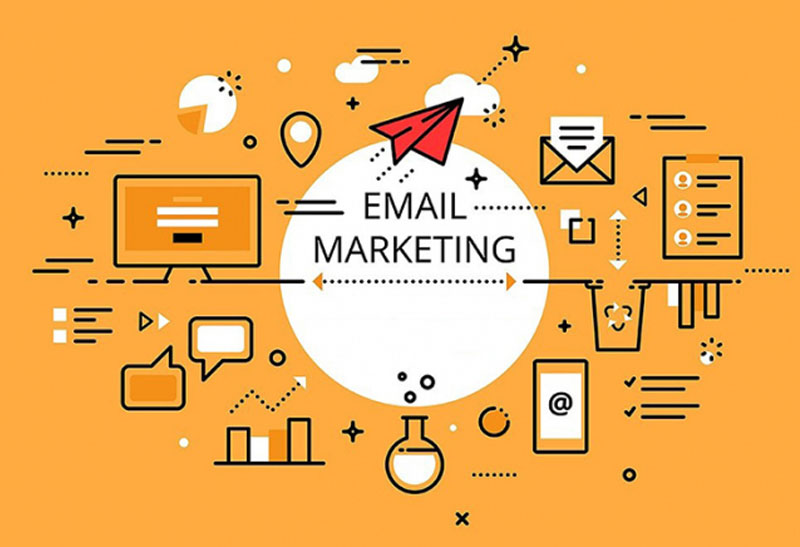| Hidden | |
| Hidden | |
| Hidden | |
| United States | |
| ITU: | 8 |
| CQ: | 5 |

|

|

|

|

|

|

|
Social Media vs. Email Strategy: Which Delivers Better ROI, Engagement, and Longevity?

In the world of digital marketing, choosing between a social media vs. email strategy can shape how brands connect with audiences and drive results. When it comes to ROI (Return on Investment), email marketing continues to outperform social media. With a consistent ROI of up to 3600%, email offers a cost-effective way to reach subscribers directly. Social media, while powerful for visibility, often requires paid promotion to achieve similar results. Organic reach has declined over the years, making it harder to rely solely on social platforms for conversions.
Engagement, however, paints a more nuanced picture. Social media thrives on likes, shares, comments, and viral trends, offering immediate and interactive ways to connect with users. It’s ideal for building community and brand personality. On the flip side, email marketing drives more intentional engagement—clicks, downloads, and conversions from users who’ve opted in. While social media may win in visibility, email typically produces deeper and more targeted interactions due to segmentation and personalization tools.
Longevity is another critical factor when comparing a social media vs. email strategy. Email lists are owned assets—marketers retain full control over them, regardless of external platform changes. In contrast, social media accounts are vulnerable to algorithm shifts, account suspensions, or policy changes. That means the long-term value of email is more stable and secure. Still, the most successful brands combine both approaches: social media for awareness and community-building, and email for relationship-building and sales. Together, they create a balanced, resilient strategy for long-term growth.
You have to be logged in or user does not allow showing this data.